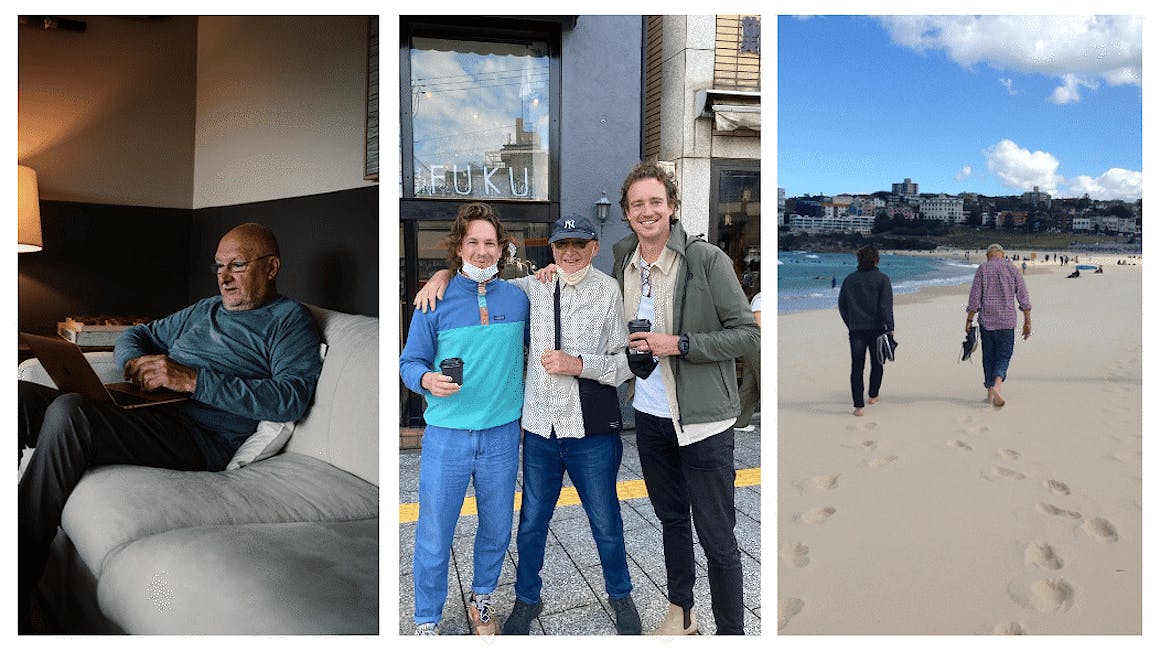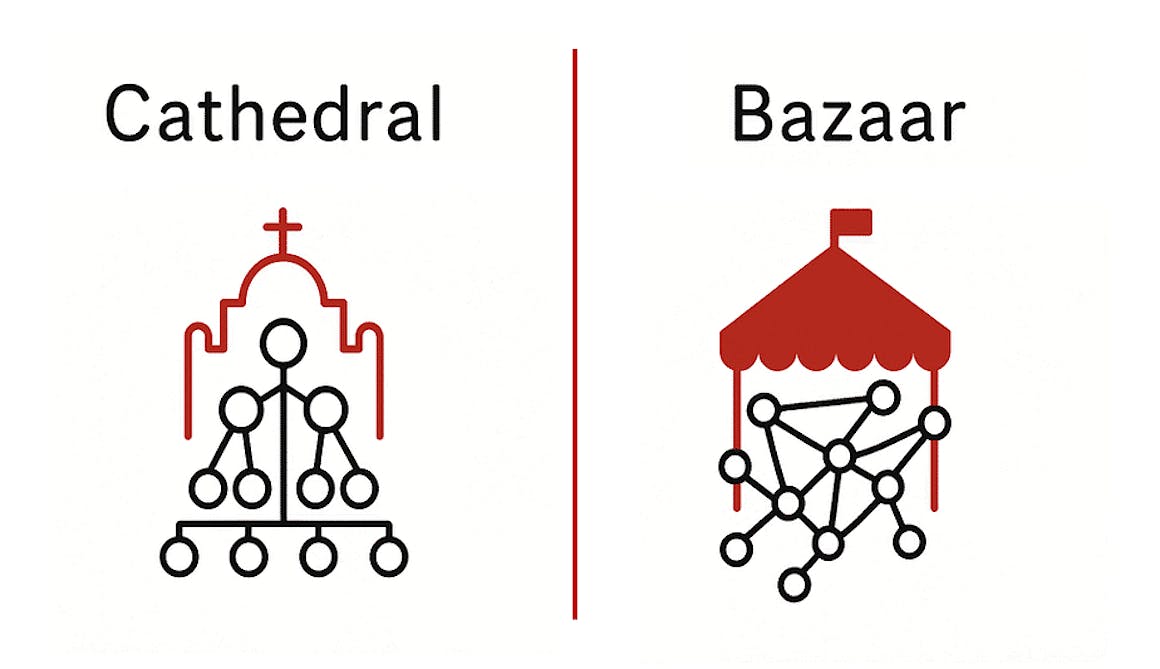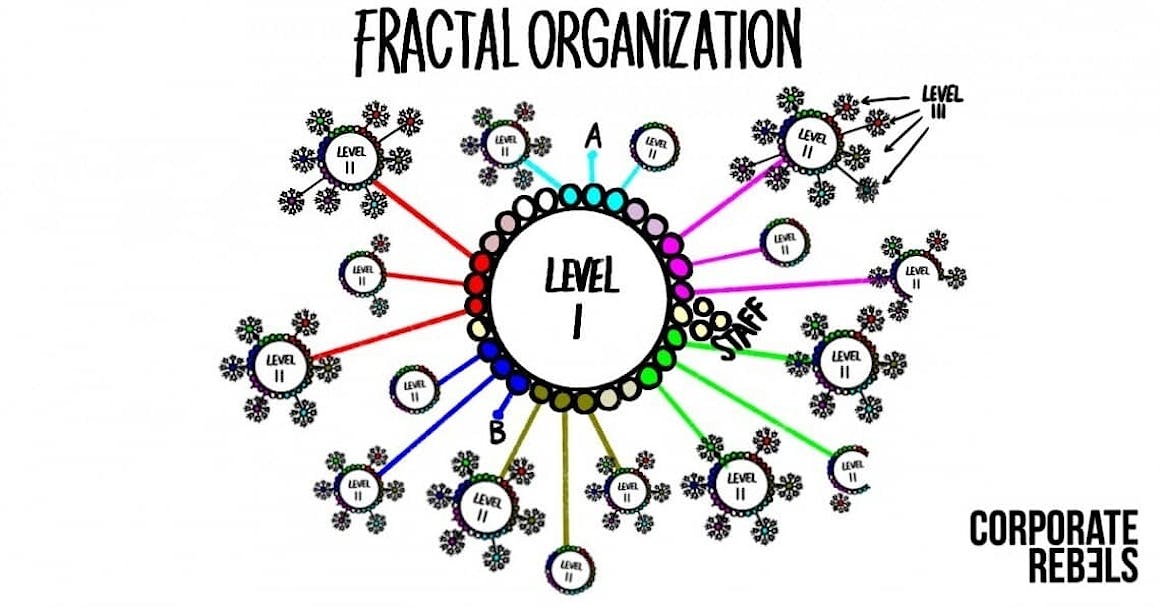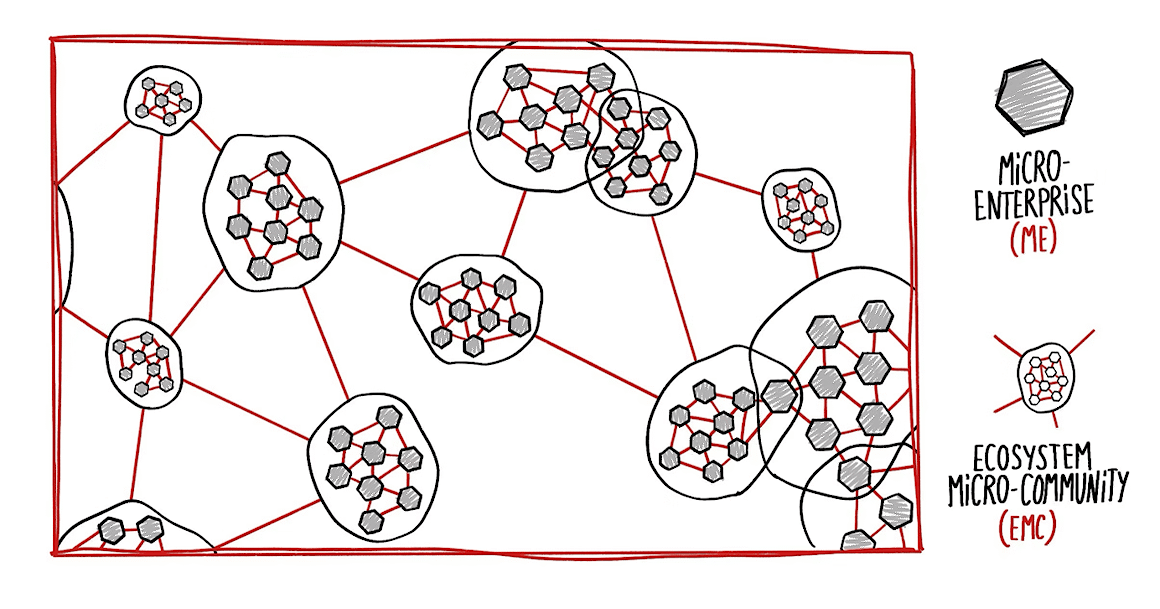Decentralization At Scale: Why The Strongest Organizations Look Like Bazaars

Last week, we caught up with Ken Everett and his son Peter.
Ken is the founder of the N2N network, a global learning network of educators and facilitators.
It had no headquarters. No rigid hierarchy. Just a collection of people: loosely connection, yet powerfully aligned. It’s lived proof of a simple truth: when designed well, networks outperform cathedrals.
And that’s Ken in a nutshell. For years, he’s been more than a mentor to us. We’ve met him all over the world: walking beaches and sailing in his hometown of Sydney, touring Haier’s factories in China, exploring Japan, or holding team sessions on Dutch houseboats.

But his role runs deeper. For many years, Ken quietly edited our blogs and newsletters, turning our broken Dutch-English into proper English.
His fingerprints are all over our work, even if most readers never knew it.
The cathedral and the bazaar
Ken’s stories often return to Eric Raymond’s metaphor (to explain the success of open-soure software projects like Linux): The Cathedral and the Bazaar.

- The Cathedral representing the traditional, closed, top-down, hierarchical organization.
- The Bazaar representing the decentralized, collaborative, self-managing organization.
Most organizations still love building cathedrals. They build rigid hierarchies, centralize decision-making, and believe control creates strength.
Ken pointed us to the opposite lesson: real resilience lives in the bazaar.
Three of his favorite examples show how.
1. VISA

VISA, founded by Dee Hock, wasn’t built like a cathedral. There was no CEO dictating every decision.
Instead, it grew as a decentralized network of banks bound by shared protocols. Individually, each node adapted. Collectively, the network thrived.
Under Hock’s “chaordic model” (or "fractal organization") VISA scaled to tens of thousands of member banks and hundreds of millions of users, long before it eventually shifted back into a traditional hierarchy.
2. Dabbawallas
In Mumbai, 5,000 dabbawallas deliver 200,000 lunchboxes daily with an error rate close to zero.
No MBAs. No central command center. Just simple rules, peer accountability, and shared ownership.
By cathedral standards, the Dabbawallas system shouldn’t work. By bazaar logic, it makes perfect sense.
3. The Morning Star Company
Through Ken, we connected more deeply with his friend Doug Kirkpatrick, who helped pioneer Morning Star, the tomato processing giant in California.
Morning Star handles over 40% of U.S. tomato processing capacity, without a single boss. Instead, 500 colleagues (plus 2,000 seasonal workers) commit to each other directly through self-managing contracts.
No managers. Just commitments and accountability.
Same logic, different scale
Ken loves to show how the same bazaar logic can thrive at very different scales:
- VISA: tens of thousands of institutions, hundreds of millions of users
- Dabbawallas: ~5,000 people running a city-scale logistics system
- Morning Star: a global industrial operation with thousands of people at peak
Seeds of wisdom
When Ken first told us these stories, I understood them only intellectually.
Only now, after visiting Morning Star (and many other workplace bazaars such as Haier, Buurtzorg, NER Group) and talking with people like Dee Hock and Doug Kirkpatrick myself, do I truly feel their truth.
The future of organizations won’t be built like cathedrals. It will be lived like bazaars.
Decentralized, emergent, and resilient.
That’s Ken’s wisdom, and it’s one of the most important lessons we carry with us.
Ready to build your own bazaar?
At the start of this newsletter, I mentioned our factory tours at Haier: the Chinese progressive powerhouse.
Haier didn't stumble into all of this. They designed for it.

Want to learn how?
Join our Corporate Rebels Masterclass: a 6-week deep dive into progressive organizational design.
We explore real-life cases like Haier, Buurtzorg, and other pioneering the future of work.
Our next cohort kicks off in a few weeks.

